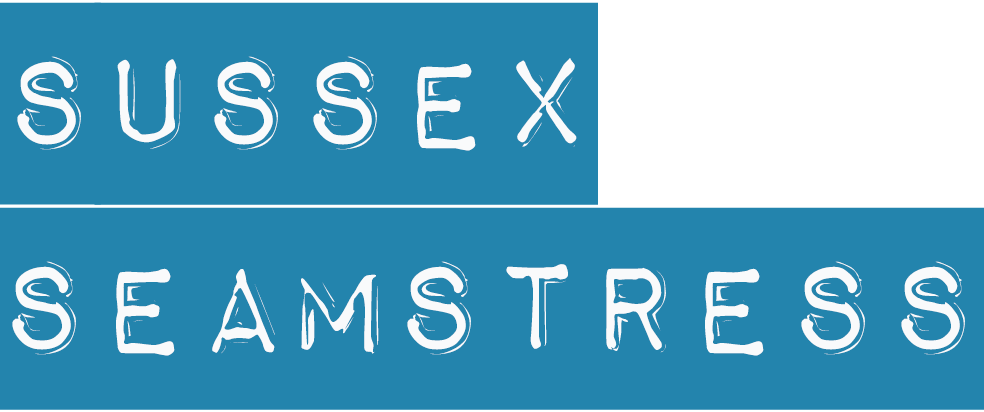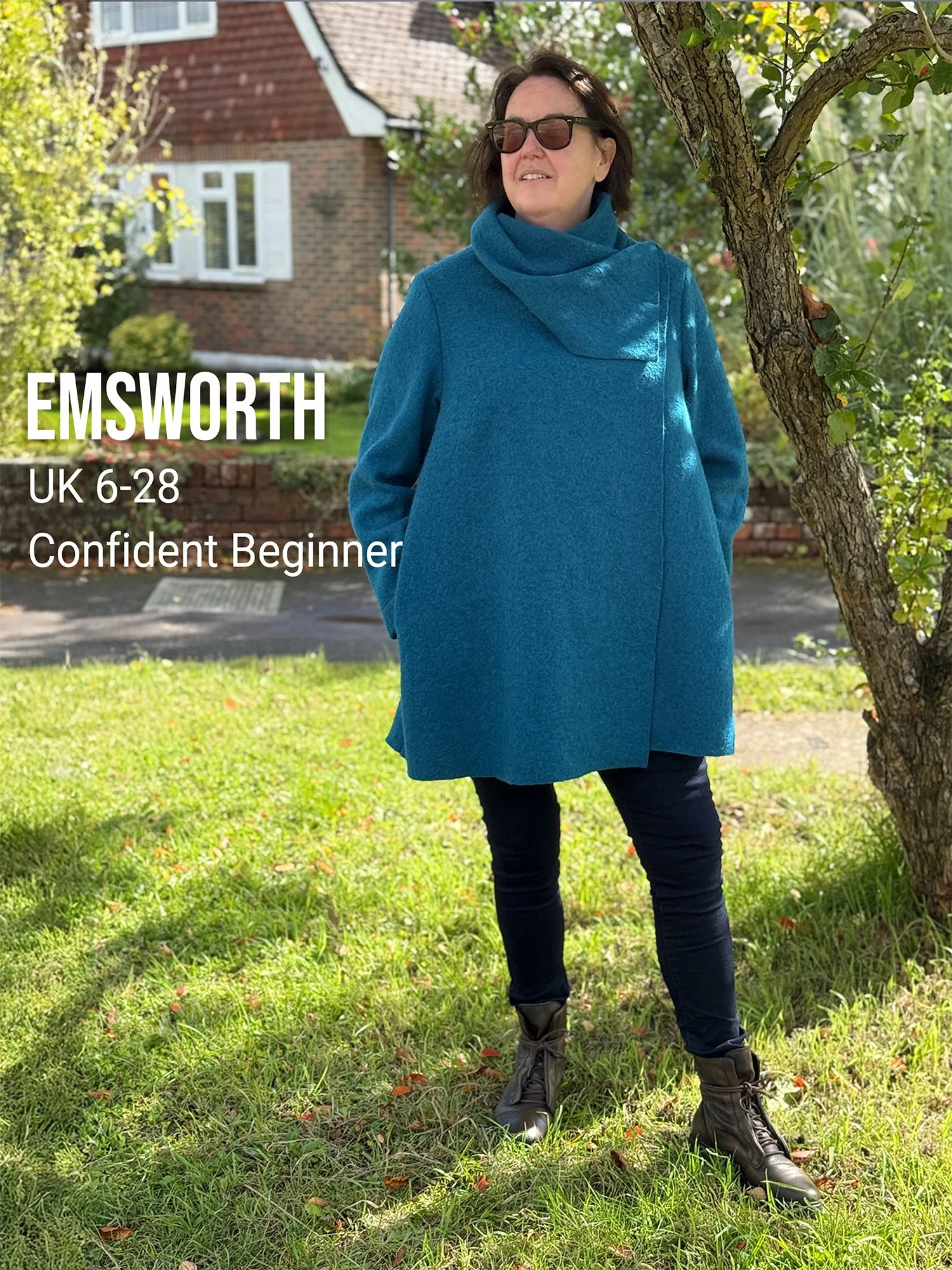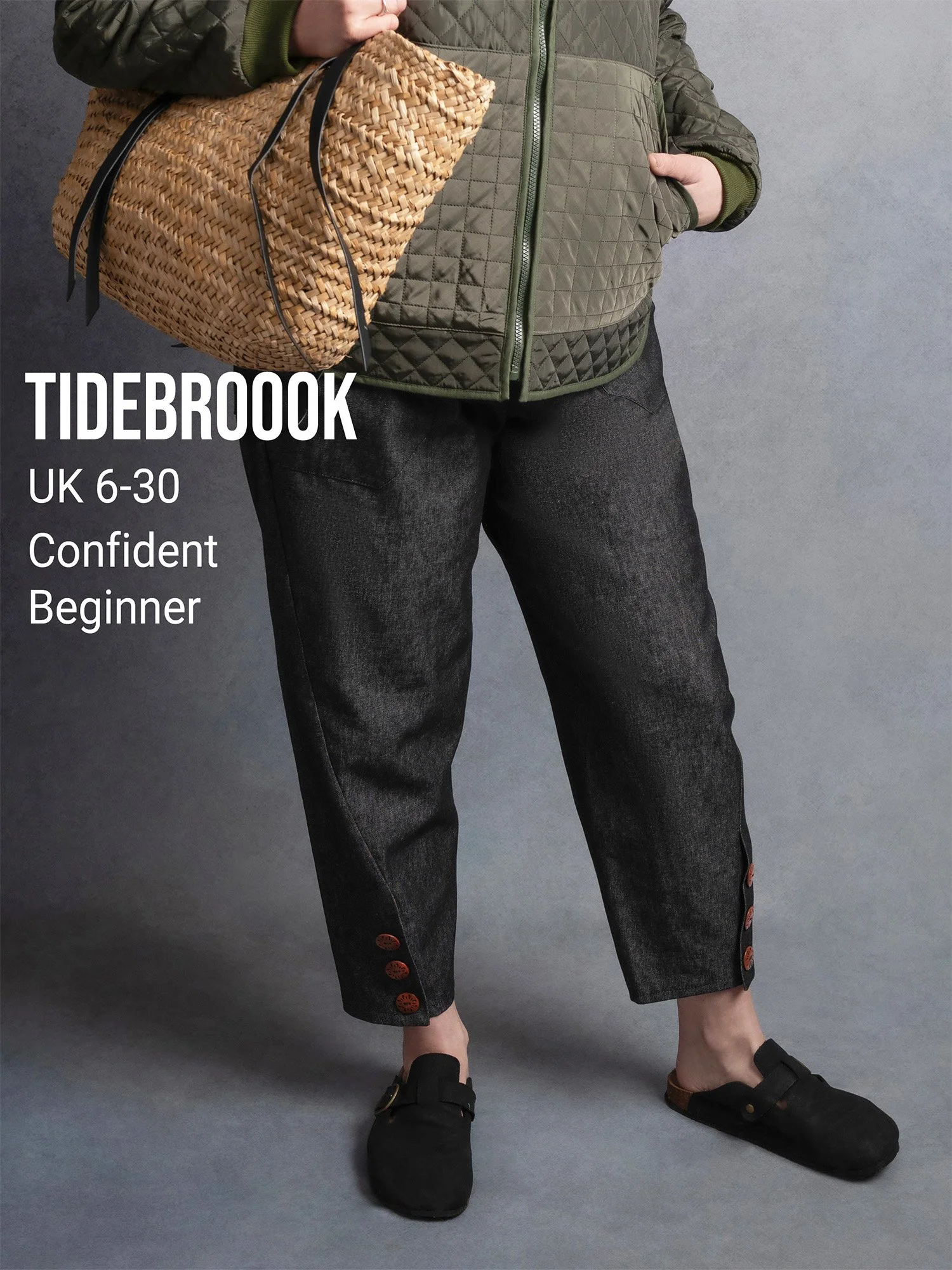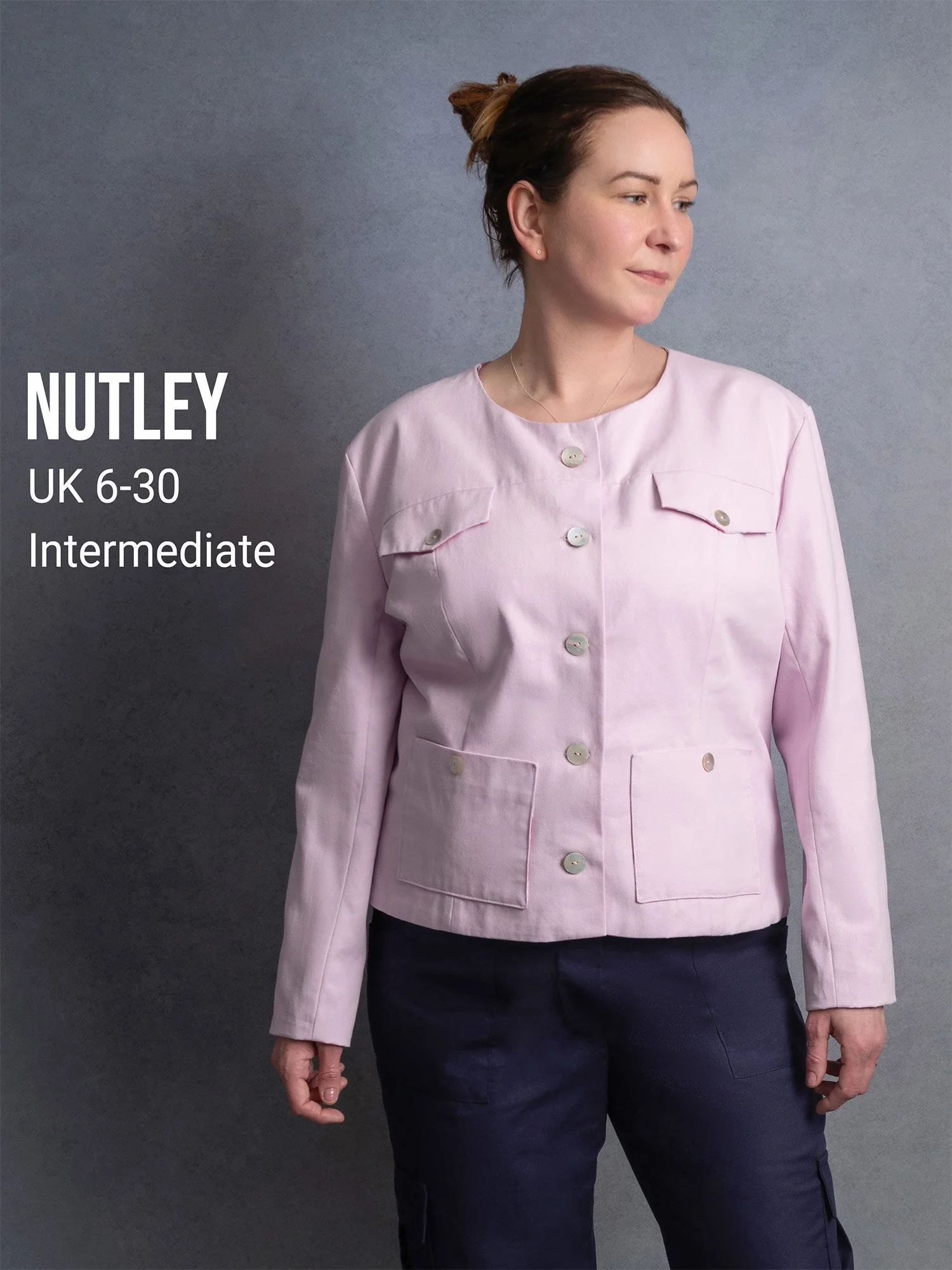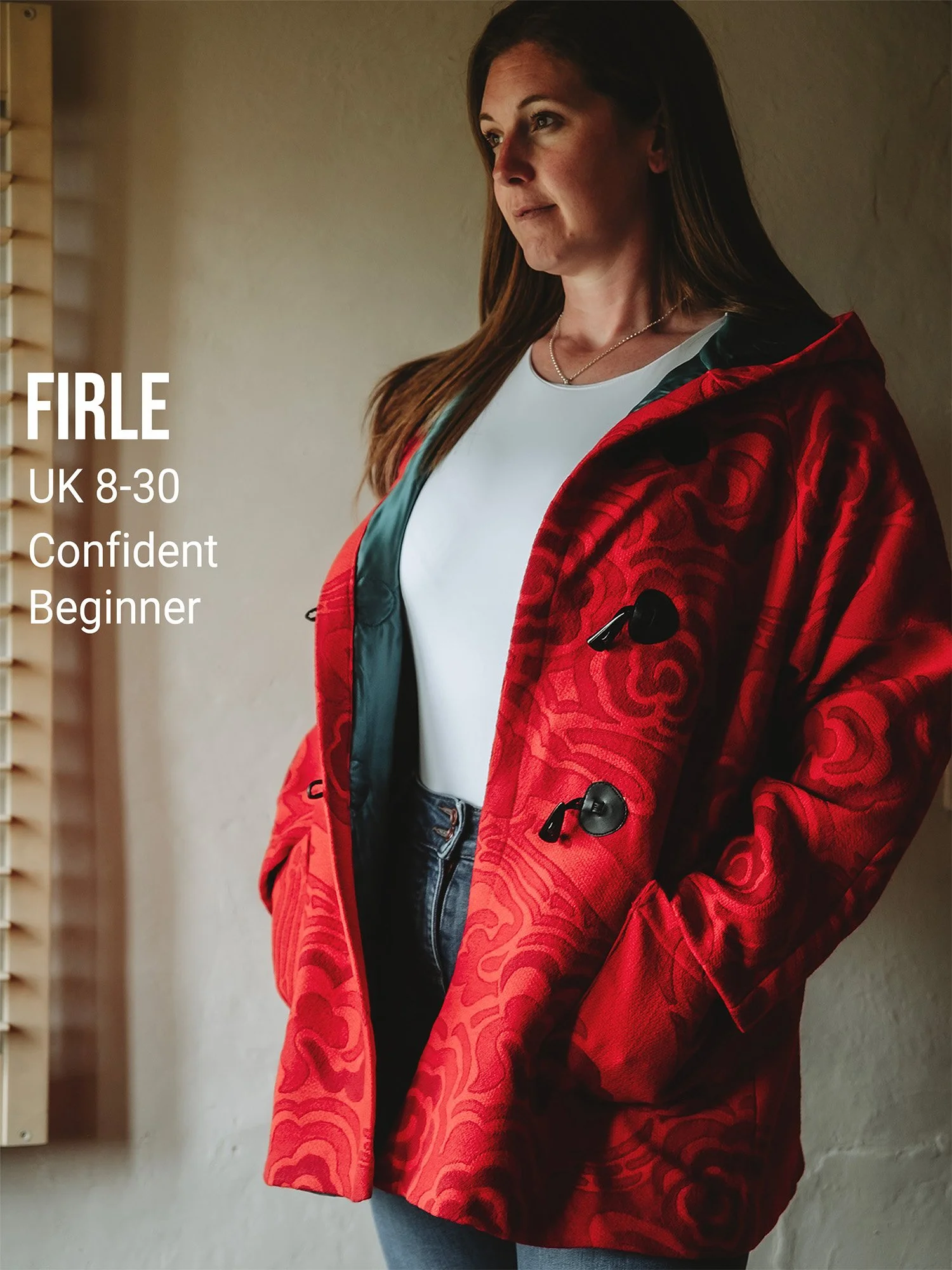What is Fabric Grain and Why is it Important?
What is Fabric Grain?
Before cutting out a pattern piece, it’s important to make sure it is correctly aligned with the gain of the fabric. Let’s take a look at why.
Grain is a term that refers to the direction of threads in a woven fabric. A length of fabric has two edges that look finished; these edges are called selvage (spelled “selvedge” in the UK, but we’ll use the more common American spelling).
The main threads in a woven fabric run parallel with the selvage these main threads are called the warp threads. The threads that run perpendicular to the selvage and are woven between the warp threads. These perpendicular threads are call the weft.
The pattern in a woven fabric can be created by the weft threads alone or by a combination of the warp and weft, as in the Gingham example later.
Above: Thread directions in a piece of fabric, and one selvage
A Close-Up Example of Fabric Grain
Let’s look at an example. Above is a picture of some 100% cotton Gingham. You can see it has a chequered pattern.
Looking at the selvage of the Gingham, we can see that the weft threads are alternating between white and green. In the case of Gingham the warp threads also alternate white/green to create the different coloured squares (white + white, white + green, green + white, green + green).
If we zoom right in, we can clearly see the green weft threads woven into the white warp threads to form the light green squares, whereas the white squares have white threads for both the warp and weft. Likewise there are sections that are green warp + green weft to create the dark green squares.
Characteristics of Warp and Weft Threads
The warp and weft threads have different characteristics:
Warp threads are stronger
Weft threads are more elastic
So, essentially: warp = strength; weft = stretch.
Generally the warp threads run top-to-bottom of the garment, providing strength, and the weft threads run across the body, providing stretch.
What Is The Grain Line?
The direction that a pattern piece should be aligned with the fabric before cutting is shown on the pattern as a grain line. This is usually just a big arrow, either single or double ended. This shows the direction of the strong warp grain - the one parallel to the selvage (also called the lengthwise grain). So, again, you’ll usually see the grain line aligns with the top-to-bottom direction of the pattern piece on the body.
If no grain line is shown, then the grain should be aligned with the fold line. If you correctly align your pieces with the grain, you’ll ensure that the strength & stretch of the fabric is in the right places.
The warp & weft threads are more visible in fabrics like this linen, where you can clearly see the weft threads weaving in between the warp threads, even with the naked eye.
The Grainline and Directional Prints
If the grainline is a single directional arrow, then this also shows which way is “up” when using a fabric with a directional print. If a print is non-directional (e.g. a plain fabric) then it doesn’t matter which way is “up” so long as the grain line aligns with the fabric grain.
However, for directional prints you’ll want to ensure that all pattern pieces are facing the correct lengthwise direction or you could end up with your print facing in different directions on different parts of the garment. Always check the cutting layout provided with your pattern to ensure your pattern pieces are aligned correctly.
Bias Cut
Although most pattern pieces will show the grain line aligned with the top-to-bottom of the pattern piece on the body, sometimes a piece is designed to be bias cut. Bias cut means that the grainline runs at a 45 degree diagonal across the fabric. A bias cut fabric piece tends to have more stretch to it than one cut on the straight grain, and can create more fluid drapes. As an example, the tie neck of the Rottingdean Blouse is cut on the bias for this reason.
Tips for working with Grain
For accuracy, measure with rulers from the selvage to ensure each end of the grain line is the same distance from the edge (our beginners tutorial for the Midhurst Skirt shows how to do this when laying & cutting out).
You should be careful when both pressing and stitching so that you do not pull the fabric out of shape, as this will mean the warp & weft will no longer be perpendicular, which can result in your garment becoming misshapen (anyone who’s worn a cheap t-shirt will have found they can sometimes twist & become misshapen after washing - this is why!). All cutting and stitching should be done with the grain as far as possible, to keep threads & fabric in position. Pressing should also be done with the grain to avoid pushing threads out of place.
Unfortunately, fabric is sometimes out of shape when you buy it. This can be due to things like handling at the mill. To check that warp & weft are at right angles, pull a weft thread & cut across. If the angle is out of shape, grasp the fabric at opposite sides and pull on the bias (ie. diagonally). If you can’t pull the fabric into shape, try pressing it into shape.
Our Dressmaking Patterns
Sussex Seamstress is an independent pattern maker, based in Sussex, UK. A selection of our patterns (sizes 6-30) are shown below, with paper patterns, pdf downloads, and full sewing kits available.
